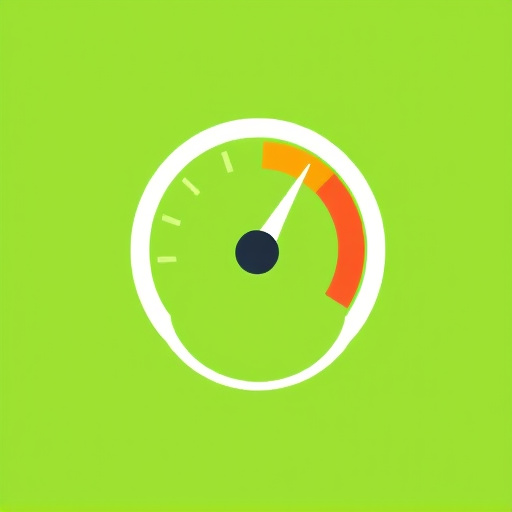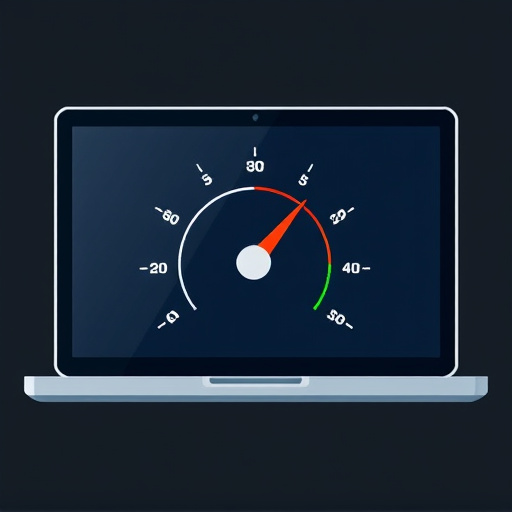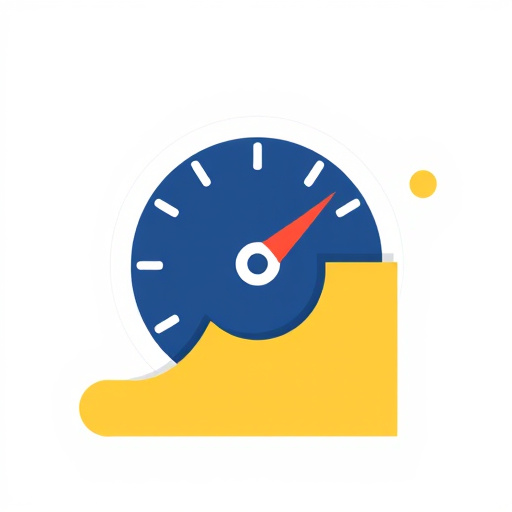Optimizing website speed enhances user experience and SEO performance. Regular speed tests, identifying slow elements, and implementing optimizations like media compression, caching, CDNs, and minifying code improve site speed. Pay attention to error codes during testing. Enhance API interactions, implement caching for quicker response times, and focus on efficient server resources to boost SEO rankings.
“Boost your online presence and watch your search engine rankings soar with our comprehensive guide to website speed testing and optimization. In today’s digital landscape, quick loading times are crucial for user experience and SEO success. This step-by-step tutorial will empower you to identify bottlenecks, pinpoint areas for improvement, and implement changes that enhance site speed without compromising performance. By the end, your website will be optimized for lightning-fast browsing, driving engagement and converting visitors into loyal customers.”

Optimizing your website’s speed is a powerful strategy to enhance user experience and significantly boost your SEO performance. In today’s digital landscape, where attention spans are limited, faster websites directly impact user satisfaction and encourage visitors to stay longer, thereby reducing bounce rates. Search engines like Google have explicitly stated that page speed is a ranking factor, meaning a quicker site can lead to better search engine rankings.
To improve website speed for better SEO, start by conducting regular speed tests using reliable tools. Identify slow-loading elements and assets, such as large images or inefficient code snippets. Implementing simple optimizations like compressing media files, leveraging browser caching, and utilizing content delivery networks (CDNs) can make a substantial difference. Additionally, minifying HTML, CSS, and JavaScript files reduces their size without compromising functionality, resulting in faster parsing and rendering times.
API responded with status code 504.

When testing your website’s speed, keep an eye out for specific error codes that can indicate significant issues. A 504 Gateway Timeout error is a common problem that signals a delay in communication between your server and the client (e.g., a web browser). This often occurs when the server hosting your website or its associated APIs are overloaded or experiencing high traffic, leading to prolonged response times. Such delays can have a direct impact on user experience and search engine optimization (SEO) performance.
To improve website speed and address this issue, optimizing API interactions is crucial. Check for efficient data transfer protocols, minimize the number of requests, and ensure the server has adequate resources to handle incoming traffic. Additionally, implementing caching mechanisms can significantly reduce response times by storing temporary copies of frequently accessed data, thereby enhancing overall site speed and contributing to better SEO rankings.
Optimizing your website’s speed is a strategic move to enhance user experience and boost SEO performance. By addressing issues like API timeouts (e.g., 504 errors) and implementing efficient practices, you can significantly improve load times. Remember, faster websites lead to happier users and better search engine rankings, ensuring your online presence remains competitive in today’s digital landscape.
